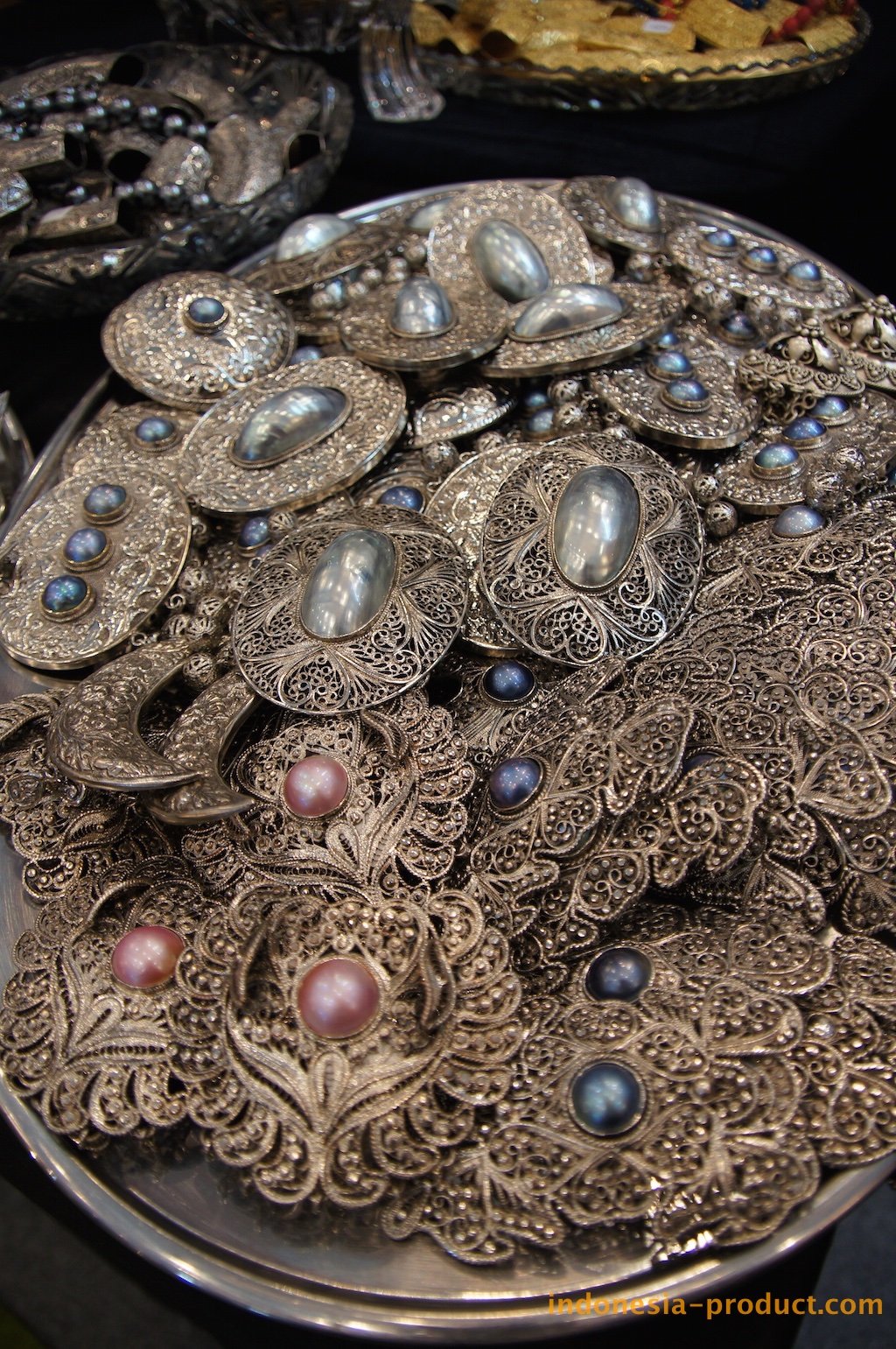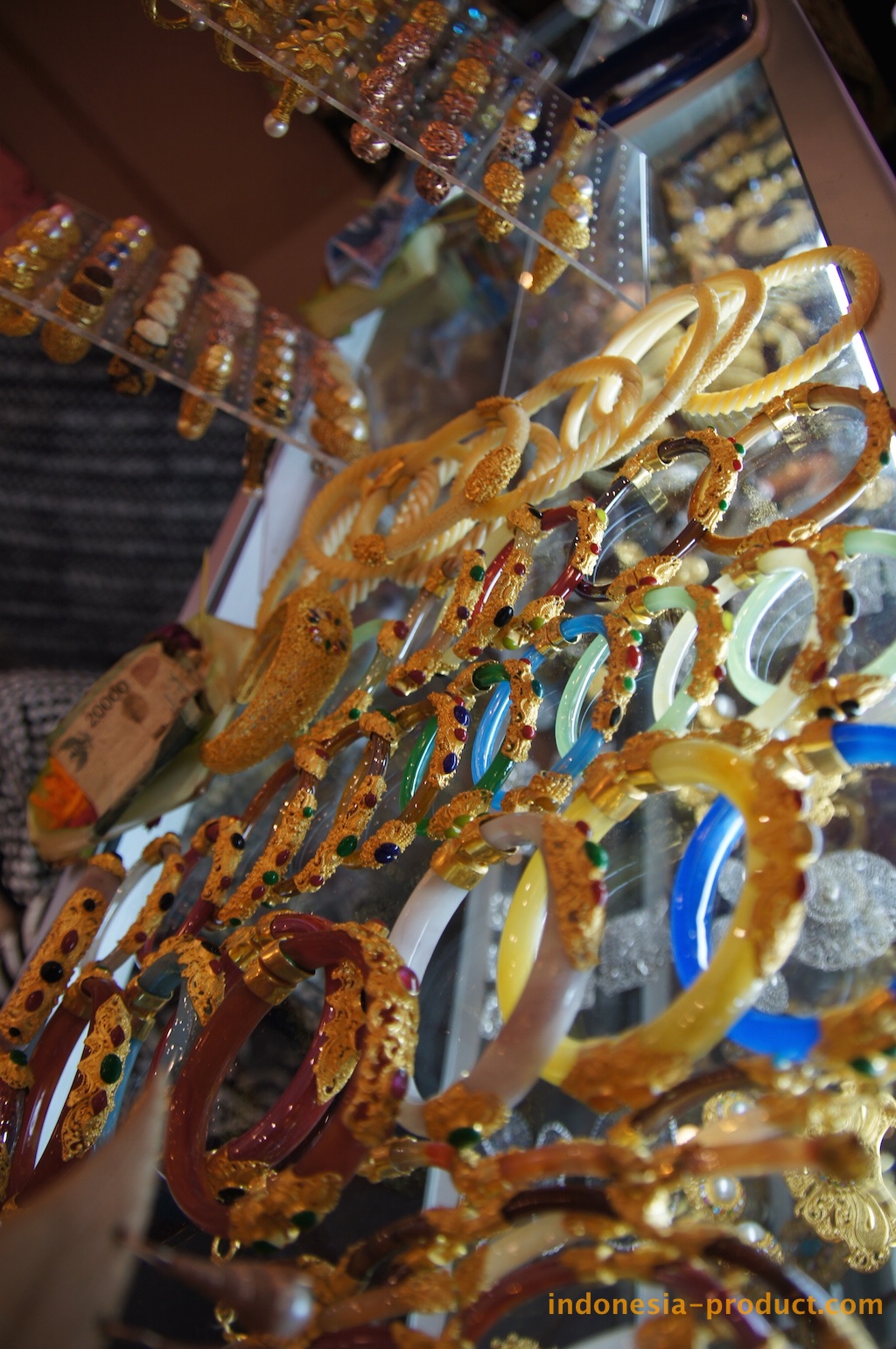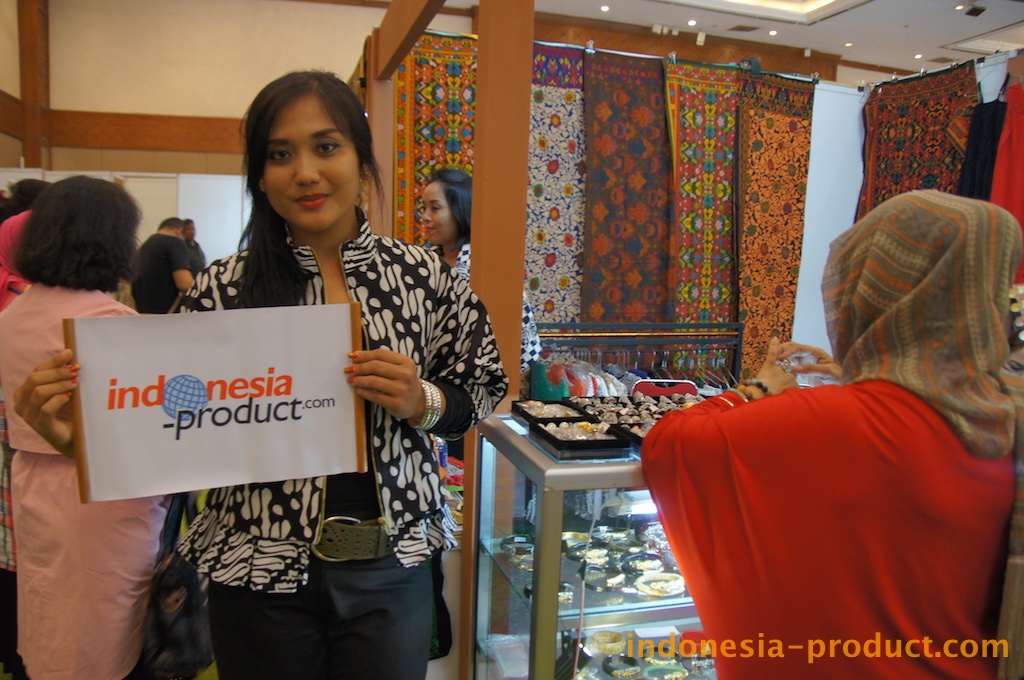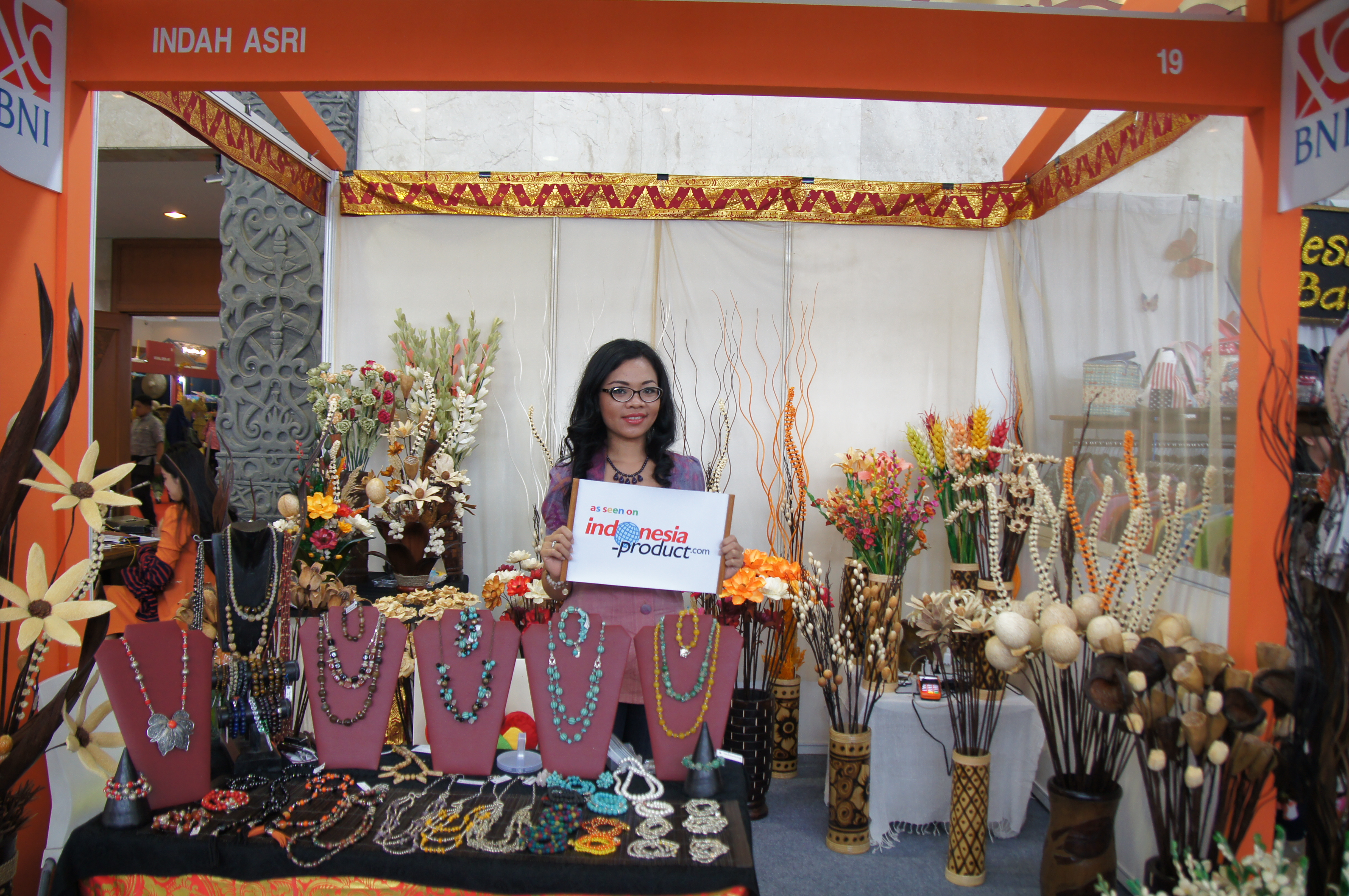Collectible vintage costume pieces are bright, bold fashion statements
Waterbury Republican-American
Tuesday, March 14, 2006
By Marta Salij
Copyright © 2006 AP Wire
Can a woman ever have too many fabulous jewels? This is a question we put to Carole Tanenbaum, collector extraordinaire of antique and vintage costume jewelry.
Too many? Consider: She has more than 3,500 pieces in her personal collection and more than 8,000 in her retail Carole Tanenbaum Vintage Collection. (Ogle them at www.truefaux.com.)
Fabulous? Oh, yes. She has a particular love for bold, colorful jewelry from the 1950s, the sort of statement-making pieces that take a strong personality to carry off.
Which Tanenbaum cheerfully agrees she has. “I love the `wow’ factor of `50s jewelry,” she says by phone from her home in Toronto. “Like my personality is kind of bigger than life, so is my jewelry. I’m a very small person — I’m 5 feet — but I wouldn’t think twice about wearing three pins at one time or multiple necklaces.
“I love the rhinestones, I love the color that was used and I love the scale of the ’50s.”
Now, Tanenbaum is sharing her love of jewelry from all eras in a book, “Fabulous Fakes: A Passion for Vintage Costume Jewelry,” and a bookstore tour.
“It’s a passion that I’ve had for more than 20 years,” she says. ” I’ve worked very hard at trying to find the special pieces … really art pieces, objects of art rather than jewelry, in many cases.”
“Fabulous Fakes” offers hundreds of mouth-watering, full-color photos of jewelry from the late Victorian period through today, bracketed by Tanenbaum’s stories of how history and personalities became reflected in jewelry.
One surprise in her research was to discover the extent of the feud between Coco Chanel and Elsa Schiaparelli in the first half of the 20th century. You know Chanel: the creator of slim, simple suits that begged for multiple costume jewels to adorn them.
As for “Schiap,” as she was called, she’s the designer who coined “shocking pink” as a name for her favorite color. She also dreamed up new ways for women to dress and adorn themselves with costume jewelry, but there the resemblance ends, Tanenbaum says.
Chanel’s designs were classic and elegant, she writes. Schiap’s were influenced by surrealism and were bolder and more daring, with unusual colors of crystals often used in pear and octagonal shapes in the same piece. Those are much-sought by collectors today, Tanenbaum says.
Other personalities loomed over jewelry in unexpected ways, Tanenbaum discovered.
Queen Victoria, for one.
“Really, all of the Victorian era was influenced … all of the jewelry that was made was influenced by what Queen Victoria did,” she says.
Take the jet mourning jewelry that came into vogue then or the jewelry woven from the hair of a loved one, which seems a little morbid to modern eyes. We have Victoria’s protracted mourning of Prince Albert to thank for that, Tanenbaum says. Victoria’s influence continues today, she says, “like when you have a baby and you cut off the baby’s first locks and keep them,” she says.
The photos and histories in ” Fabulous Fakes” are fun, but many readers will want to know how to start a collection themselves.
Tanenbaum herself buys with an eye to condition first, and that’s her advice for new collectors. Look for pieces in excellent, original condition and pass by pieces that have been remade or renovated.
“If I needed a piece to fill in a certain area in my collection, and the condition is not great, I would buy it until I found another one to substitute it out when I find one in great condition,” she says.
Another question: What’s the difference between costume and fine jewelry?
Today, she says, the line is well-drawn: Fine jewelry has precious stones and is set in gold or platinum. Most everything else is costume.
But in earlier eras, some semi precious stones figured in what would today be collected as fine antique jewelry.
Other pieces, such as the Scottish plaid pins she shows in her book, are carved from agate, malachite, bloodstone and even granite — no sparkly gemstones at all. Nonetheless, they are highly collectible.
As for eBay and Web sites such as www.rubylane.com and www.trocadero, among many others, Tanenbaum thinks they’re a boon to collectors — if buyers approach them with proper care.
“When they go to an antique show, or when they go to the store, they can see eye-to-eye the person who is selling it to them,” she says. “They can examine the piece, they can ask questions about the piece, etc. Online, you know, it’s `buyer beware.”‘
To protect yourself, don’t even bid unless you have an assurance from sellers that they’ll take the piece back, should you discover it’s not what was advertised.
Tanenbaum has bought many pieces in her existing collection from online sellers, but she avoids the types of jewelry that counterfeiters seem to target — for instance, the much-collected mid-century jewelry of Miriam Haskell.
“I would never buy a Haskell on the Internet,” she says. “Eighty percent of those Haskells on the Internet are embellished `Haskells.”‘
In January, Katie Hafner of the New York Times published a story about the growing discontent among jewelry collectors over fakes on eBay, such as fake Weiss brooches.





